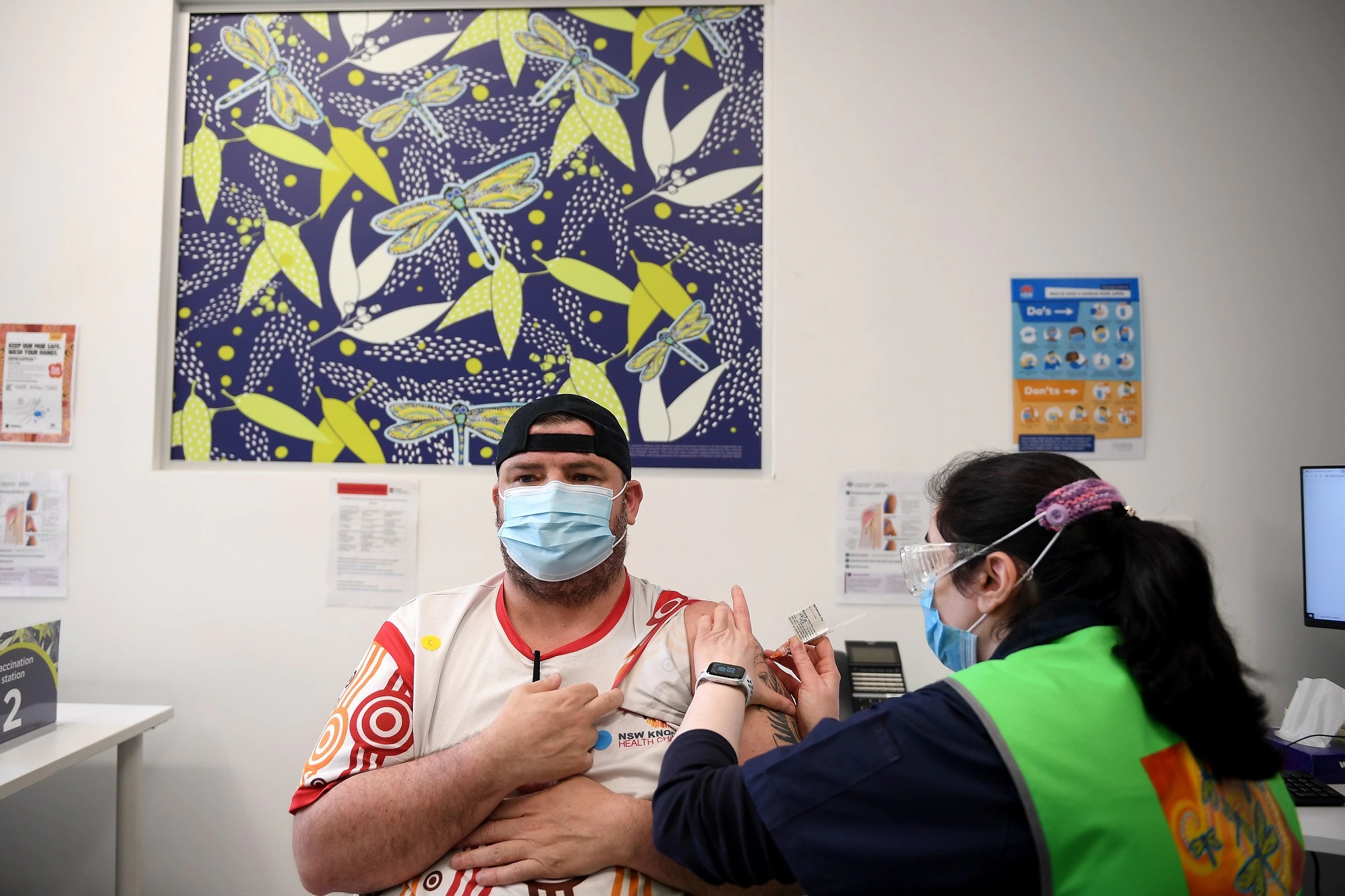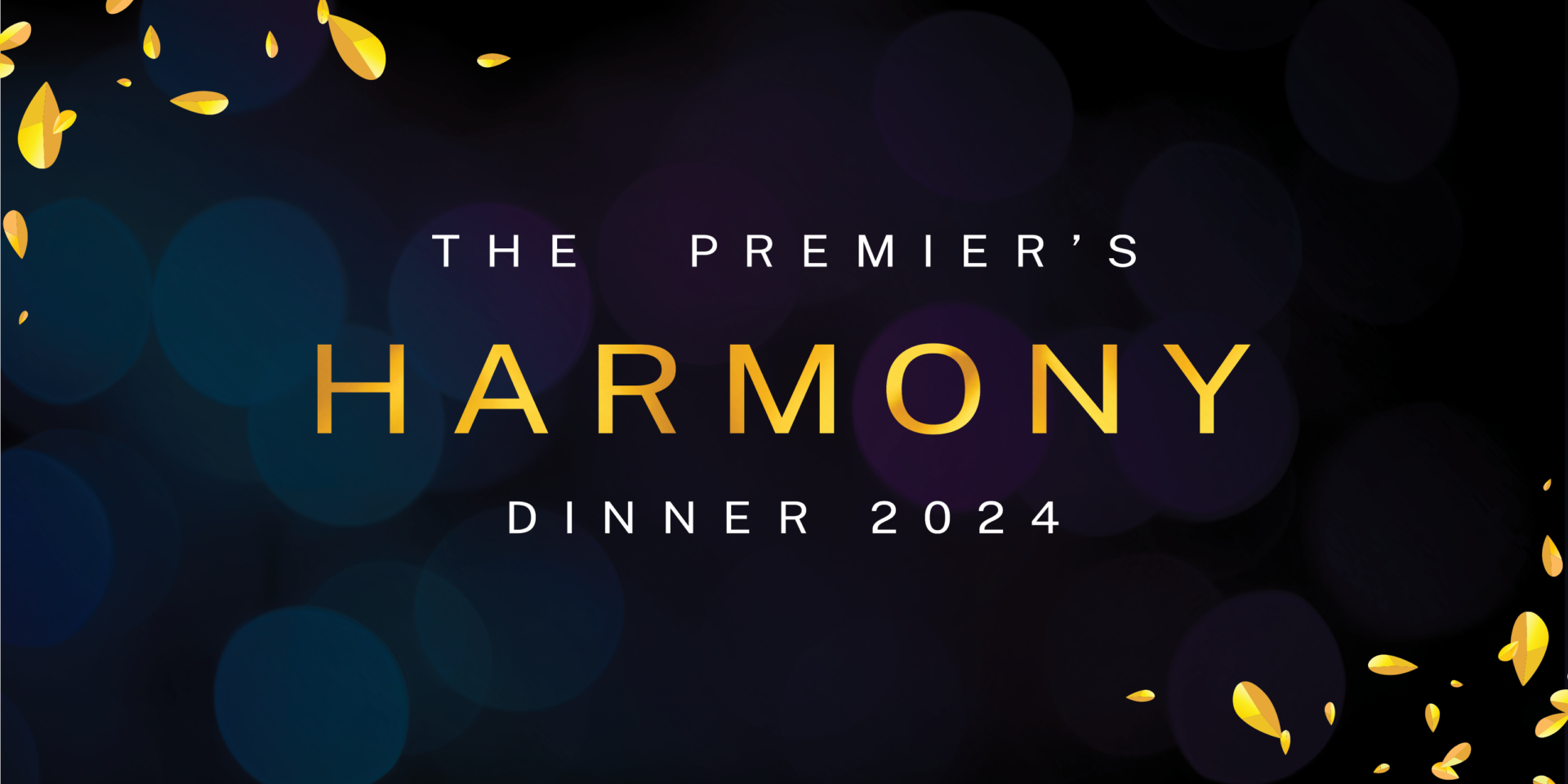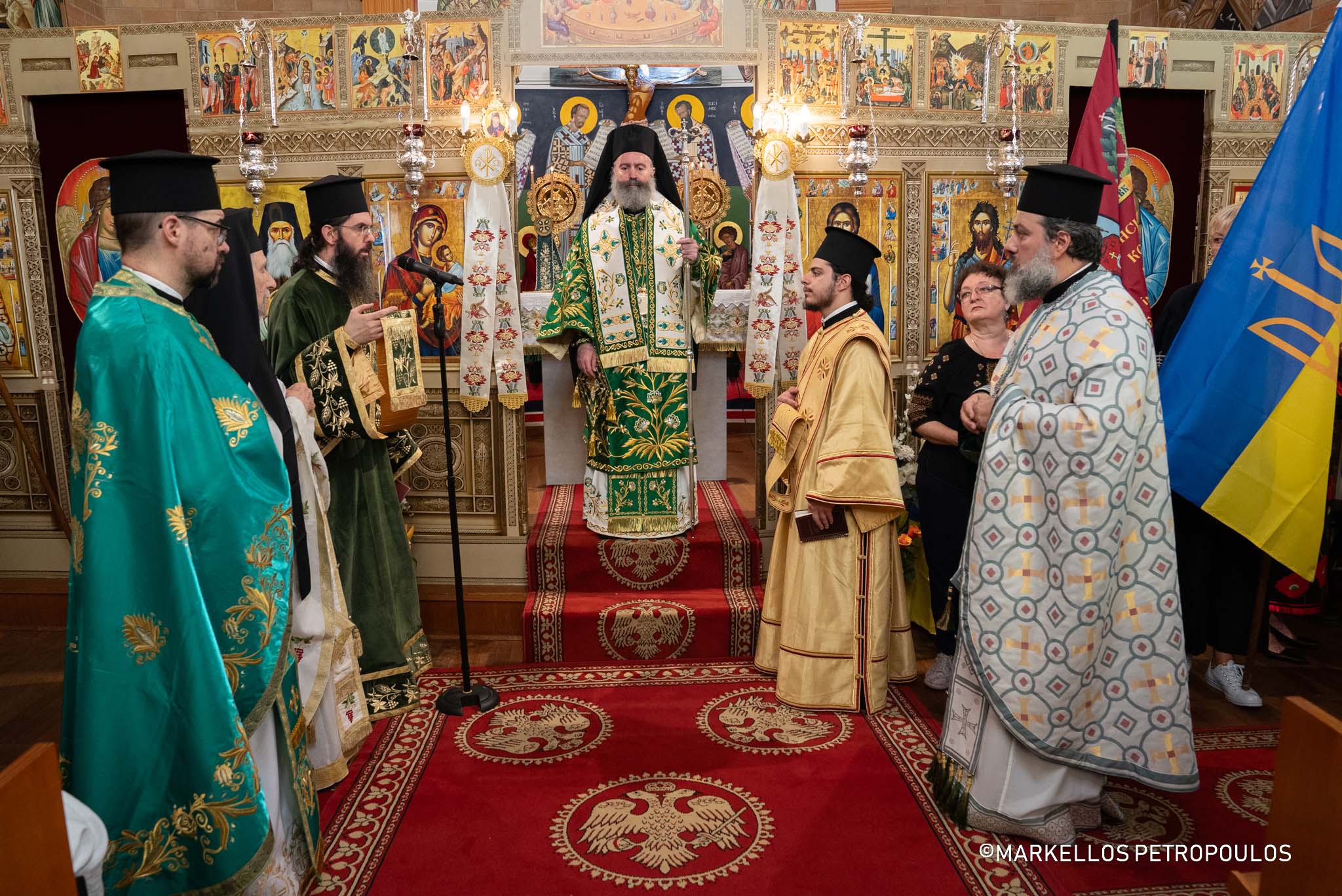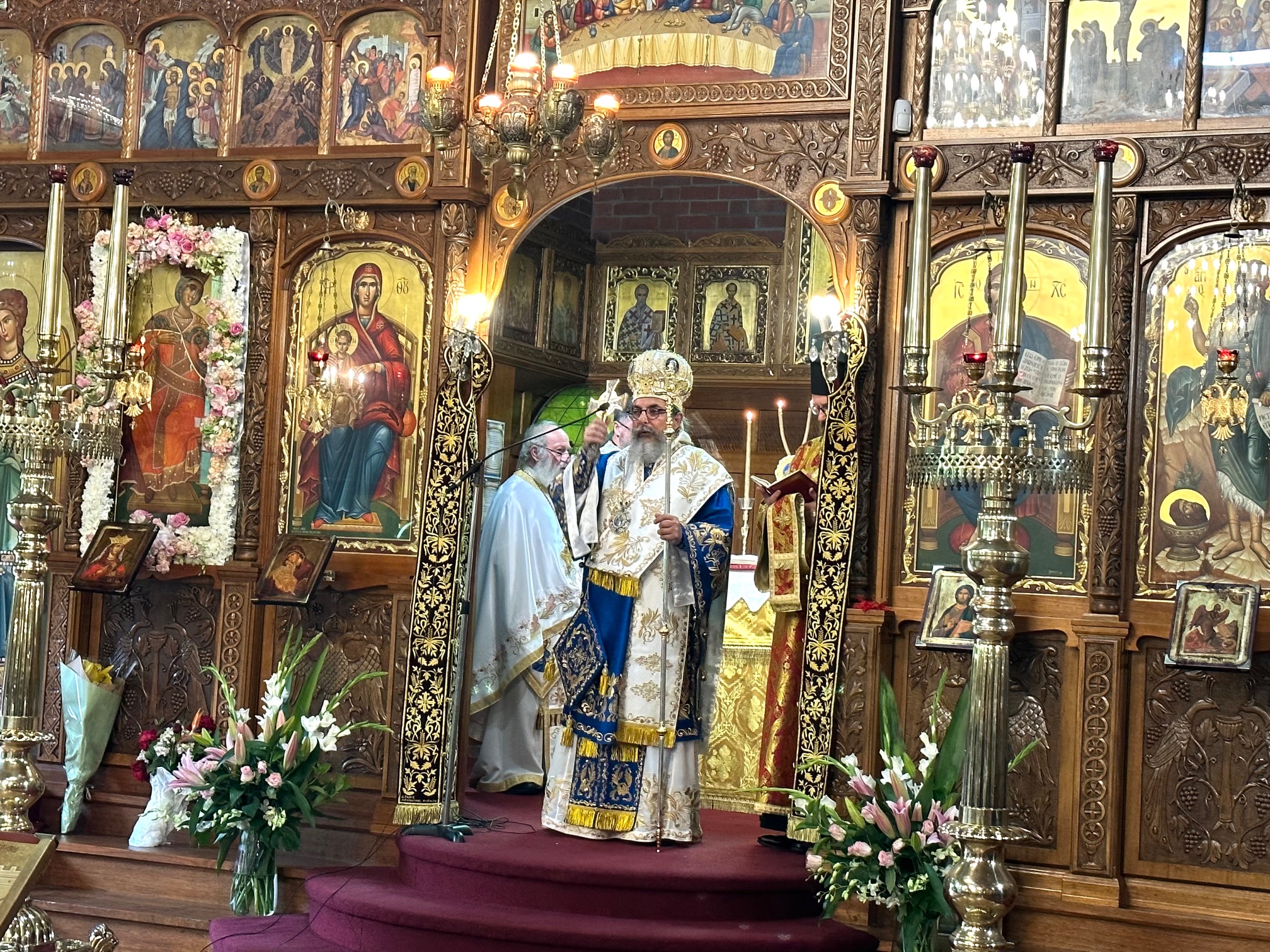Australia reaches vaccination milestone, but these communities are still at risk


More than 80 per cent of Australian residents aged over 16 have now been fully-vaccinated against COVID-19, but there is growing concern about low vaccine coverage among some at-risk communities.
While life is returning to normal for many residents across the country, the rates of vaccine coverage among marginalised communities vary widely, with many Aboriginal and Torres Strait Islander people and people living with disability still at risk.
As of 5 November, 79.6 per cent of participants on the National Disability Insurance Scheme (NDIS) had received one dose of a COVID-19 vaccine, and 70.4 per cent were fully vaccinated, according to federal health department figures.
However, those NDIS figures represent only a small portion of Australians living with disability, for whom the government has not provided statistics on how many have been vaccinated.
“To say that we’re celebrating these huge numbers and that people are now safe, I think it is misleading,” People with Disability Australia president Samantha Connor told SBS News.
Ms Connor, who has muscular dystrophy, said there are still barriers to accessing COVID-19 vaccines for many in the community.
People who require sedation to have the vaccine are still facing delays, while supply issues have also contributed to delayed uptake, she said.
“Predominantly people who are at risk have not been vaccine-hesitant,” Ms Connor said.
There has also been confusion around which Australians living with disability were eligible for a third ‘booster’ shot of the COVID-19 vaccine, which started rolling out last month.
In early October, the Australian Technical Advisory Group on Immunisation (ATAGI) recommended the extra shot as part of the primary care dosage regimen for Australians who are severely immunocompromised, for example, those undergoing cancer treatments.
The third dose has been available for eligible patients since 11 October to ensure they have the same level of protection as the general population.
ATAGI’s statement encourages people to talk with their health practitioner about whether they should get a third dose.
But the group did not recommend a third dose for those with mild-to-moderate immunocompromising conditions.
Ms Connor said people living with a disability that has weakened their immune system, like muscular dystrophy or Down syndrome, could have missed out on access to the third shot, leaving them at risk while the virus circulated through the community.
“The fact that people with disability have been very much erased from that mix is a huge concern,” she said.
“If you have Down syndrome, you’re 36 times more likely to die [of] COVID. If you have two shots with vaccines, you’re [still] 13 times more likely to die of COVID,” she said.
“You need to have that [booster] dose to bring you up at the same level as everybody else, if you’re immunocompromised.”
When asked to comment, a spokesperson for the Australian government’s health department referred SBS News to ATAGI advice.
The department said booster doses would be made available for the generation population from 8 November, taken six months after a second dose.
“Australia has one of the three lowest per capita loss of life of both this year among the 38 OECD countries from COVID-19 and throughout the course of the pandemic,” the spokesperson said.
“This protection has been even stronger in disability where both cases and lives lost among disability participants are significantly lower than the national average.”
Vaccine coverage among First Nations communities has also concerned experts and advocates.
Just 65.9 per cent of Aboriginal and Torres Strait Islander people in Australia have received at least one dose, and 54 per cent are fully vaccinated, with concerns remote communities will be exposed as restrictions ease over the summer.
“What is promising is that over the last two weeks, we’ve seen more than 3 per cent of national doses have been to Aboriginal and Torres Strait islander people,” National Aboriginal Community Controlled Health Organisation (NACCHO) director of communicable diseases Emily Phillips told NITV’s The Point.
“That’s really the number that we need to start seeing for that gap to close.”
Ms Philips warned that increased movement of people around regional areas brought very real risks for unvaccinated First Nations people.
“Our focus is definitely going to be on people who haven’t received any vaccine at all and about getting them through the door and getting that jab in the arm,” she said.
A spokesperson for the federal health department told SBS News the government “recognises that further efforts are required to close the gap in vaccination rates”.
“Efforts continue in all communities and locations, with additional vaccine doses provided to services based on their capacity and client demand; and additional workforce support available in the form of contracted providers and funding support via NACCHO.”
Source: sbs.com.au




